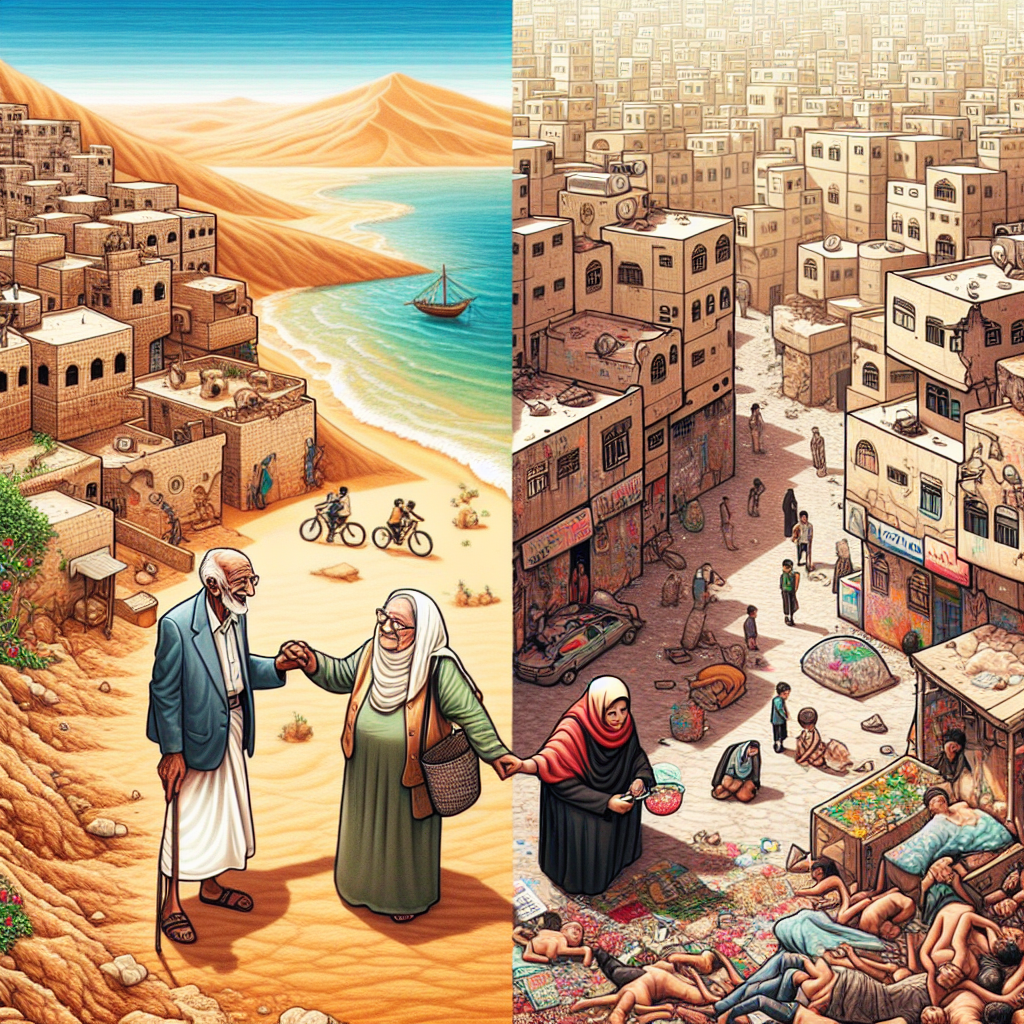Finding Solace in Yemen: A Comparison with Gaza’s Struggles
Finding Solace in Yemen: A Comparison with Gaza’s Struggles
Introduction
The ongoing conflicts in Yemen and Gaza have drawn international attention due to their humanitarian crises. This article explores the contrasting experiences of these regions, highlighting the unique challenges and coping mechanisms of their populations.
Yemen: A Glimpse of Hope Amidst Turmoil
Despite the prolonged conflict, Yemenis have found ways to adapt and find solace in their daily lives. Key factors contributing to their resilience include:
- Community Support: Strong social networks provide emotional and material support.
- Local Initiatives: Grassroots movements and local NGOs play a crucial role in providing aid and fostering community spirit.
- Cultural Resilience: Yemen’s rich cultural heritage offers a sense of identity and continuity.
Gaza: Struggling Under Siege
In contrast, Gaza faces severe restrictions that exacerbate its struggles. The main challenges include:
- Blockade Impact: The blockade limits access to essential goods and services, worsening living conditions.
- Psychological Strain: Continuous conflict and uncertainty lead to widespread mental health issues.
- Limited Mobility: Restrictions on movement hinder economic opportunities and personal freedom.
Comparative Insights
While both regions endure significant hardships, their coping mechanisms differ due to varying external and internal factors. Key insights include:
- Yemen’s community-driven resilience contrasts with Gaza’s reliance on external aid.
- The blockade in Gaza creates a more acute sense of isolation compared to Yemen’s internal conflict dynamics.
- Cultural and social structures in Yemen provide a stronger foundation for psychological resilience.
Conclusion
Both Yemen and Gaza face immense challenges, yet their paths to coping and resilience differ significantly. Yemen’s internal solidarity and cultural heritage offer a semblance of hope, while Gaza’s external constraints continue to exacerbate its struggles. Understanding these differences is crucial for tailoring effective humanitarian responses and fostering long-term peace and stability in both regions.








































